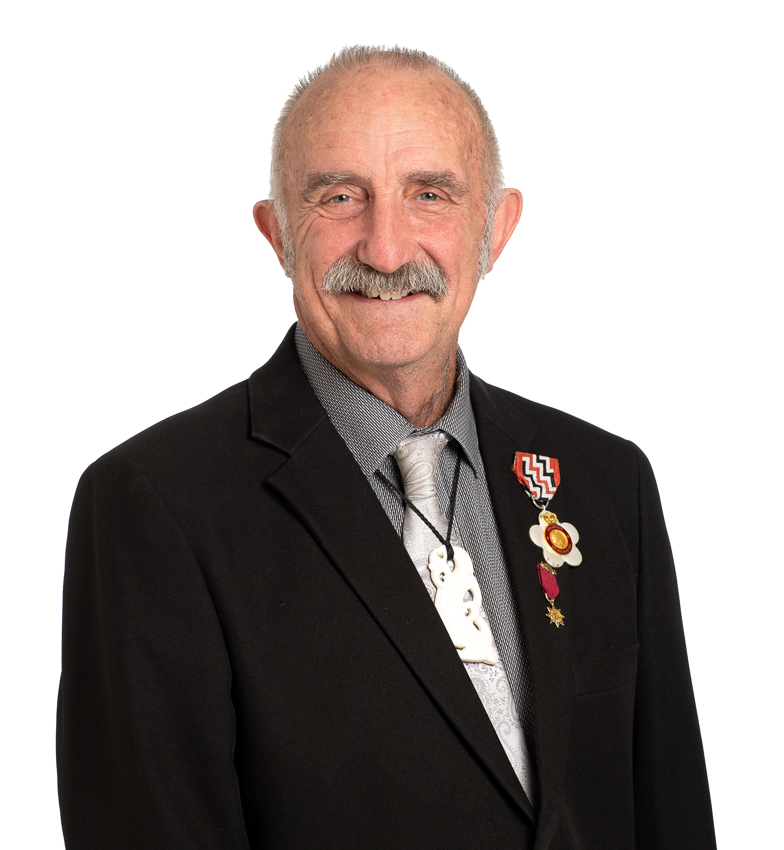Help save water
By Mayor John Carter
Most Northland Age readers will be aware that there is a severe drought in the Far North; the worst in a long time. Water shortages are especially acute in Kaitaia and Kaikohe and we introduced Level 4 water restrictions in these towns last week.

Most Northland Age readers will be aware that there is a severe drought in the Far North; the worst in a long time. Water shortages are especially acute in Kaitaia and Kaikohe and we introduced Level 4 water restrictions in these towns last week. We are working hard and fast to find temporary water sources to supplement the Awanui River and Wairoro Stream, which are the main water sources for these towns. However, there is still a risk we will run out of water in these towns, particularly if people don’t make the 25 per cent water savings we are asking for. We hope to avoid this worst-case scenario and are following promising leads for supplementary water supplies for Kaikohe and Kaitaia.
In the long term, we plan to make the Aupouri aquifer a permanent water source and we are committed to completing this project next year. Many of you will say this project has been delayed for far too long and many will be disappointed we are facing these shortages. We accept that we could have prioritised this project for completion sooner. However, it is also important to remember that the whole of Northland is experiencing record-breaking weather conditions that our water supplies aren’t designed to cope with. We are also putting in place contingency plans as a proactive measure. Civil Defence Northland delivered three emergency water storage tanks to Kaikohe last week and tanks were installed near Te Ahu in Kaitaia on Tuesday.
We will only use these if we can no longer draw water from our usual sources and back-up sources are not available. Again, we hope it won’t be necessary to use these, but this will depend on whether households and businesses make meaningful reductions to their daily water use.
Sixty-five percent of the water used in the average New Zealand home is used in the bathroom, so we urge people to take shorter showers and to flush toilets less. You can also reduce water flushed by putting a full water bottle into the toilet cistern. If everyone made these small sacrifices, we would significantly improve our chances of getting through this drought without needing to resort to emergency measures. Please, if you haven’t already done so, think about what contribution your household or business can make to our water conservation campaign.
I am hearing comment about bulk water carriers taking water from town supplies. For Kaitaia, we are fast-tracking work on a temporary supply for Te Hiku bulk water carriers so they can tap into the Aupouri aquifer. We are also working on a similar solution for Kaikohe. This will allow bulk water carriers to refill the water tanks without having to transport water long distances from the east coast or put further pressure on our town supplies.
There is still time to avert a water crisis where the taps run dry, but this will depend on all of us playing our part.

